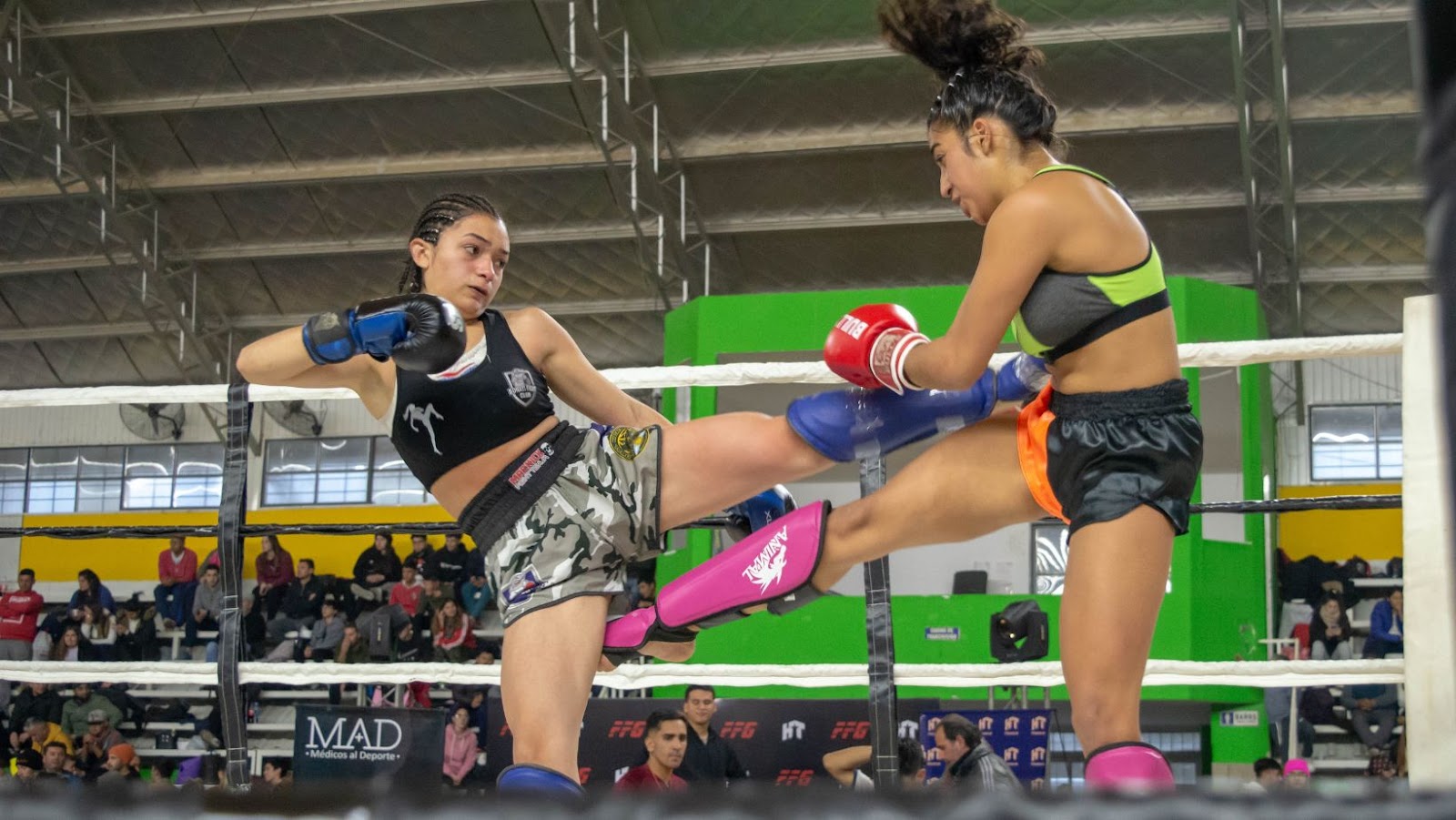When it comes to the Olympics, there are a lot of rules governing the different sports. Boxing is no exception. If you’re planning on watching the boxing competitions at this year’s Olympics, here are a few things you need to know.
The History of Boxing at the Olympics
The first recorded instance of boxing at the Olympic Games took place in 688 BC, but it was not until 1904 that the sport was introduced as an official event. For nearly 100 years, boxing was a mainstay of the Summer Olympics, with events for both amateur and professional fighters. But by the early 21st century, the International Olympic Committee (IOC) had come to see the sport as being irreparably tainted by its association with organized crime and professional gambling interests. Boxing wasDropped from the program following the 2008 Games in Beijing, but it returned as a “demonstration” sport at the 1920 Antwerp Games and has been part of every Summer Olympics since then.
In addition to its presence on the Olympic program, boxing has long been a popular spectator sport, with several different weight classes providing opportunities for athletes of all sizes to compete. The most widely recognized weight classes are flyweight (up to 112 pounds), featherweight (up to 126 pounds), lightweight (up to 135 pounds), welterweight (up to 147 pounds), middleweight (up to 160 pounds), light heavyweight (up to175 pounds), heavyweight (up to 200 pounds), and super heavyweight (over 200 pounds).
When does Boxing Start in the Olympics
Boxing has been an Olympic sport since 1904, with the exception of 1912. There have been two different types of boxing in the Olympics – amateur and professional. Up until 2016, only amateur boxing was contested in the Olympics. Professional boxers were not allowed to compete. In 2016, that changed when professional boxers were allowed to compete as long as they met certain requirements.

The Different Boxing Events at the Olympics
Boxing has been a part of the Olympic Games since their revival in Athens in 1896. It was, however, only open to amateur boxers until the 1988 Games in Seoul when professional boxers were first allowed to compete.
There are currently 11 different boxing events at the Olympics, contested by both men and women:
– Flyweight (52kg)
– Bantamweight (56kg)
– Featherweight (60kg)
– Lightweight (64kg)
– Welterweight (69kg)
– Middleweight (75kg)
– Light heavyweight (81kg)
– Heavyweight (91kg)
– Super heavyweight (+91kg)
The Qualifying Process for Boxing at the Olympics
To be eligible for the boxing tournaments at the Olympic Games, male boxers must be aged 17 to 34 years old, while female boxers must be aged 17 to 34 years old. There is no maximum age limit.
In order to qualify, boxers must first compete in one of the AIBA Qualifying tournaments. There are four of these tournaments, which are held in different locations around the world every two years. The next one is scheduled for 2020.
The top 32 boxers in each weight category (there are 10 weight categories for men and five for women) will then earn a place in the Olympic boxing tournament.
The Rules of Boxing at the Olympics
The rules of boxing have changed throughout the years since the sport was first introduced in the Olympic games. The following is a brief overview of the current rules that are in place for boxing at the Olympics.
-Boxing matches are comprised of three rounds, each lasting three minutes.
-There is a one-minute break between rounds.
-The objective of the game is to score points against your opponent by landing punches on their head or body.
-Punches that land on the head are worth more points than punches that land on the body.
-A boxer can win a match by either knockout (KO) or technical knockout (TKO). A KO occurs when one boxer is unable to get up from the canvas within 10 seconds after being knocked down. A TKO occurs when a boxer is knocked down 3 times in one round, or if a boxer’s corner throws in the towel during the match.
-If neither boxer has won by KO or TKO by the end of the three rounds, then the winner will be determined by a point system. The boxer with the most points at the end of three rounds will be declared the winner.
The Scoring System in Olympic Boxing
The number of rounds and length of rounds in Olympic boxing has varied over the years. Currently, both men and women box in three-round bouts. The length of each round is three minutes for men and two minutes for women. There is a one-minute break between each round.

The winner of a bout is the boxer who has scored the most points at the end of the final round. Points are awarded for every legal punch that lands on the head or upper body (above the waist) of an opponent. A point is also awarded if an opponent is knocked down to the ground (a knockdown). A boxer can lose points if he or she commits certain infractions, such as holding or hitting an opponent below the belt, punching with the wrong part of the glove, or falling to the ground without being hit by an opposing boxer.
The Equipment Used in Olympic Boxing
All competitors must wear gloves, protective headgear, a mouthguard and groin protector (men only). In addition, they must wear shoes with soft soles and laces that do not cover the ankles.
Boxers are divided into weight categories. The upper limit of each category is as follows:
– Light flyweight: 48 kg
– Flyweight: 51 kg
– Bantamweight: 54 kg
– Featherweight: 57 kg
– Lightweight: 60 kg
– Light welterweight: 63.5 kg
– Welterweight: 67 kg
– Middleweight: 71 kg
– Light heavyweight: 75 kg
– Heavyweight: 91+kg
